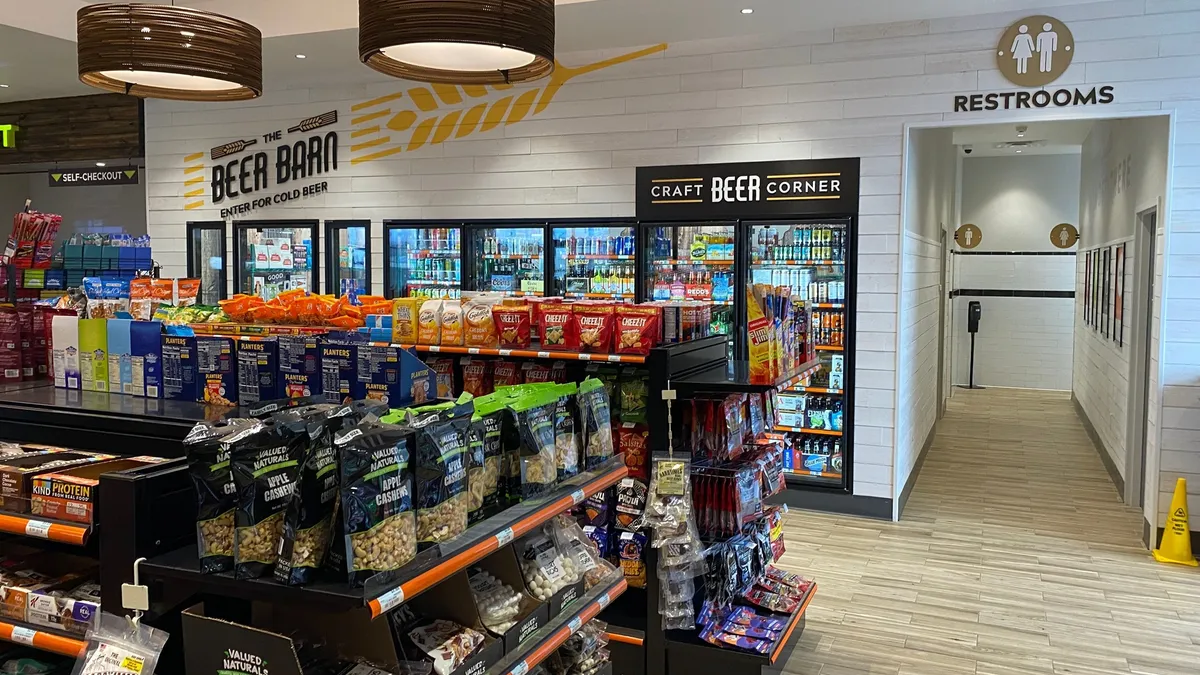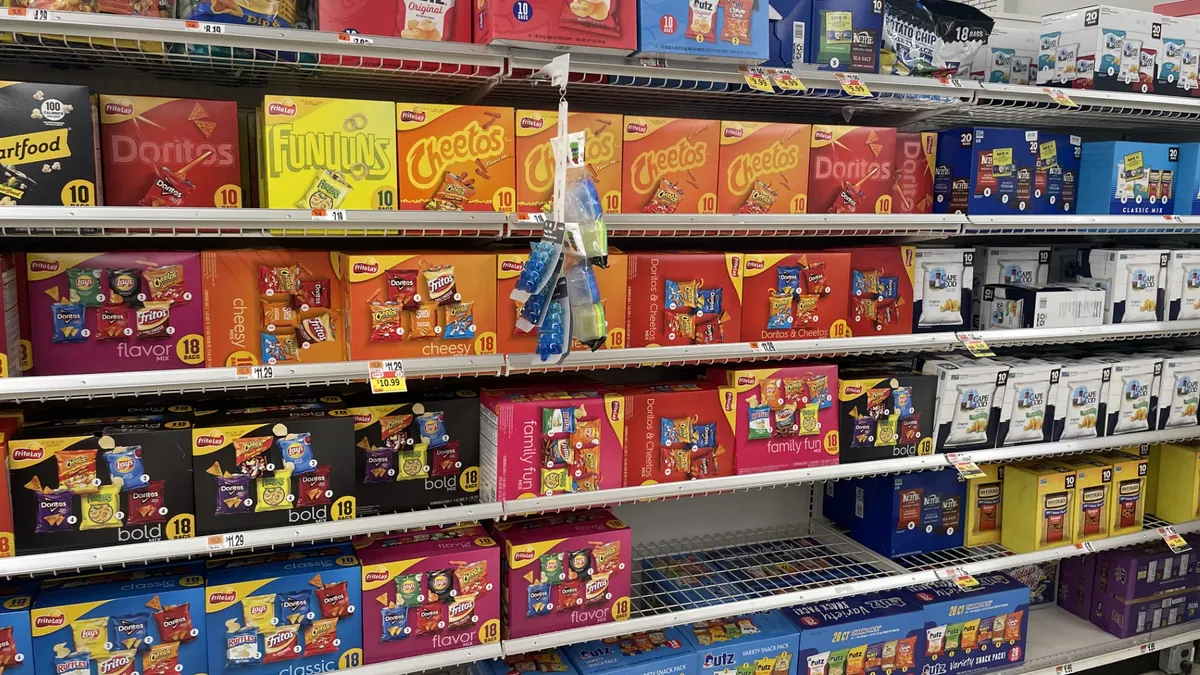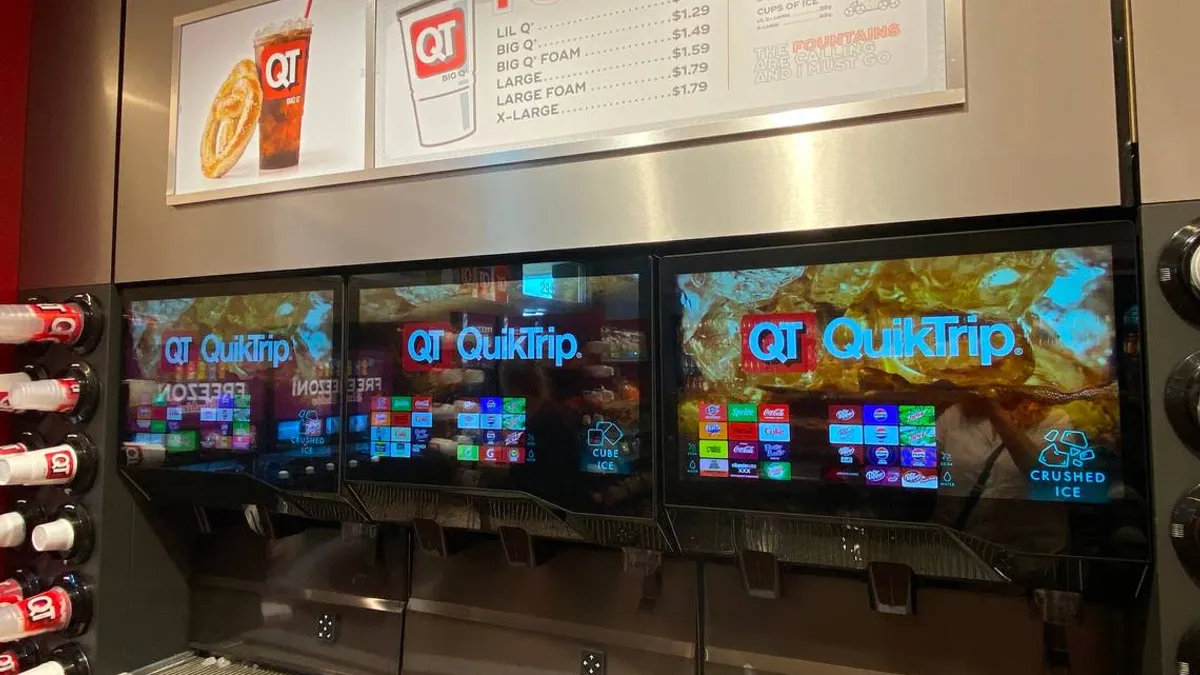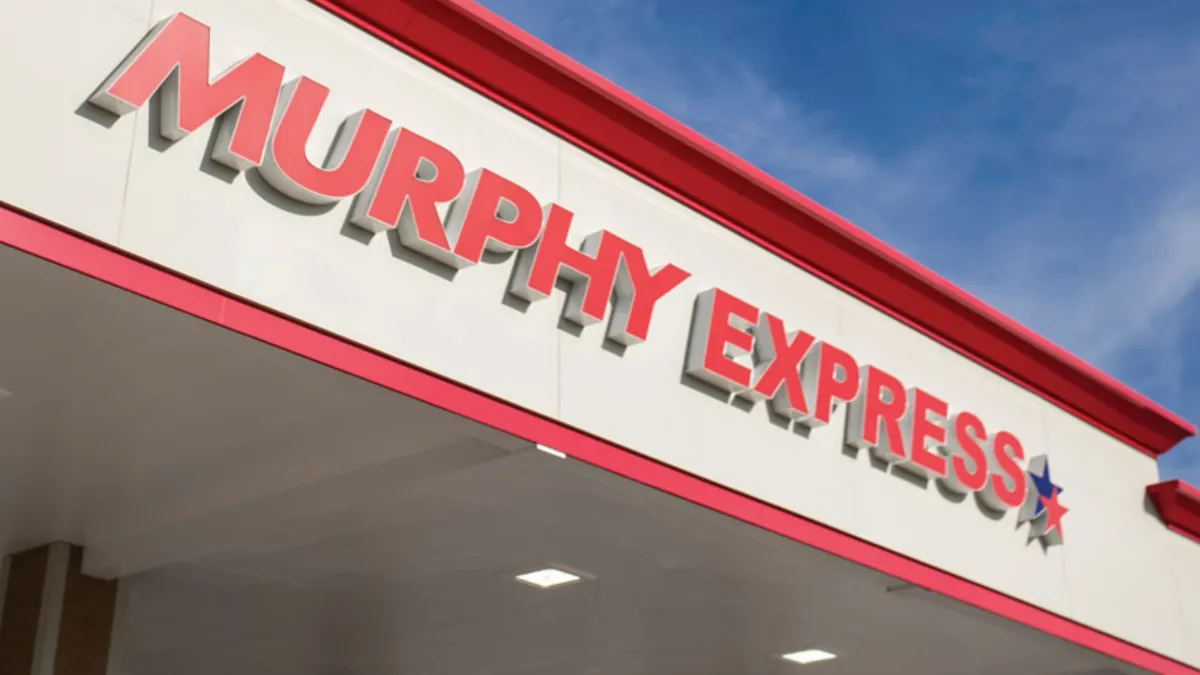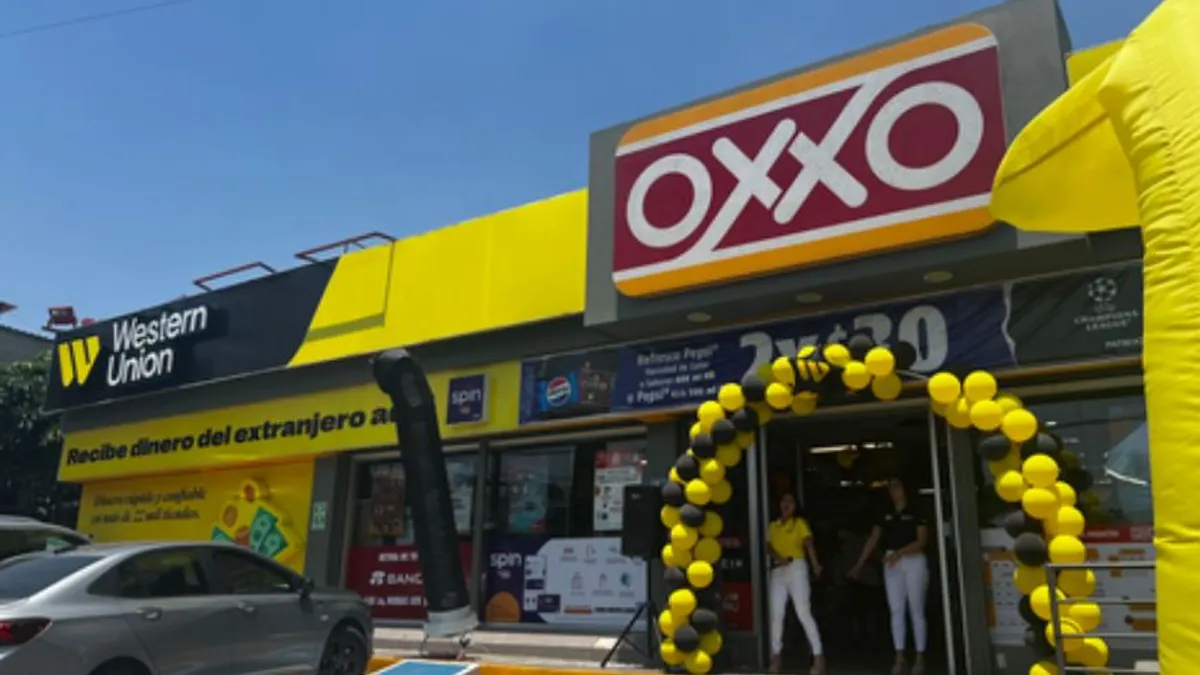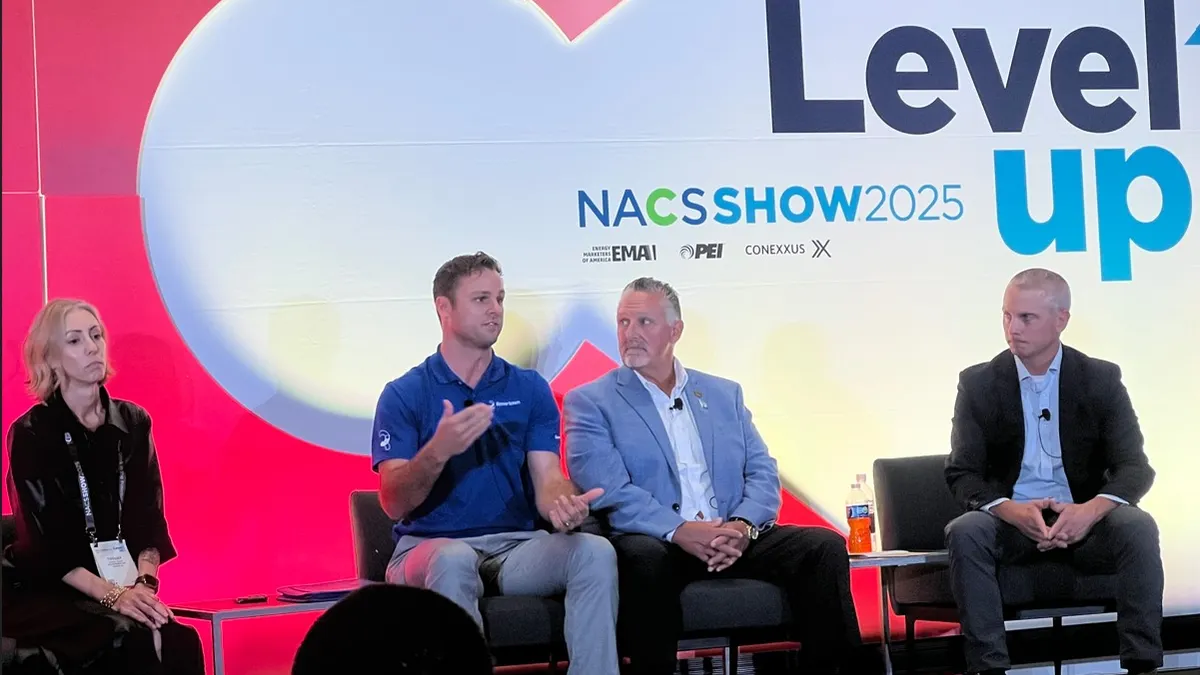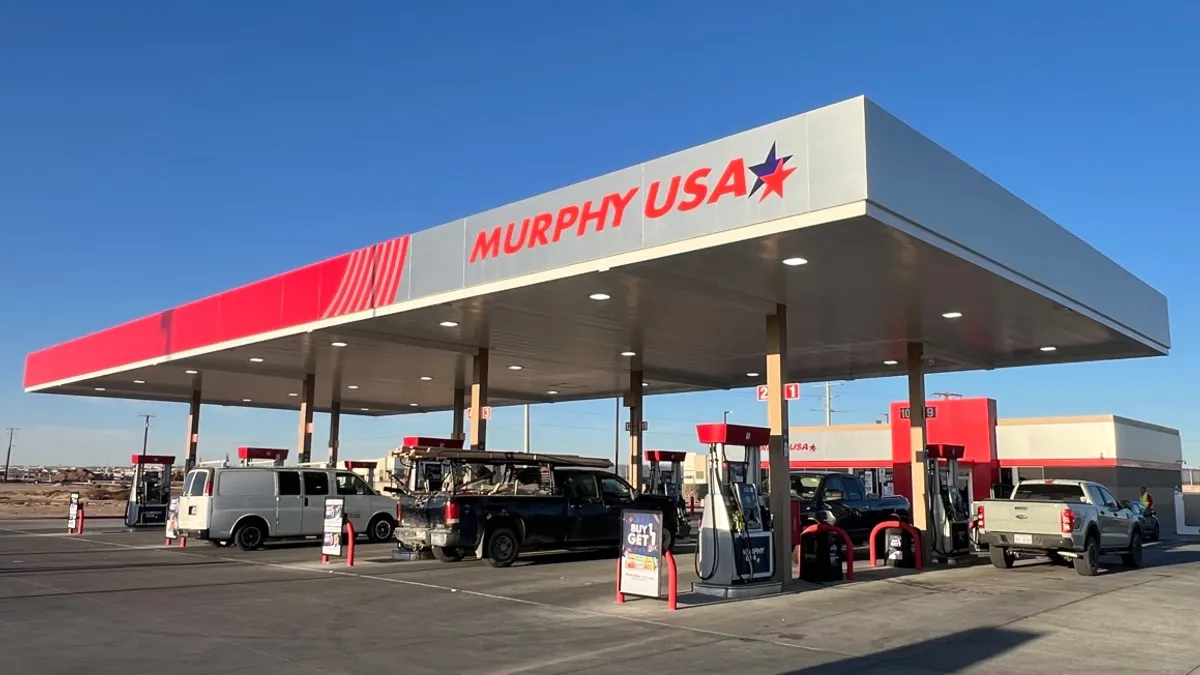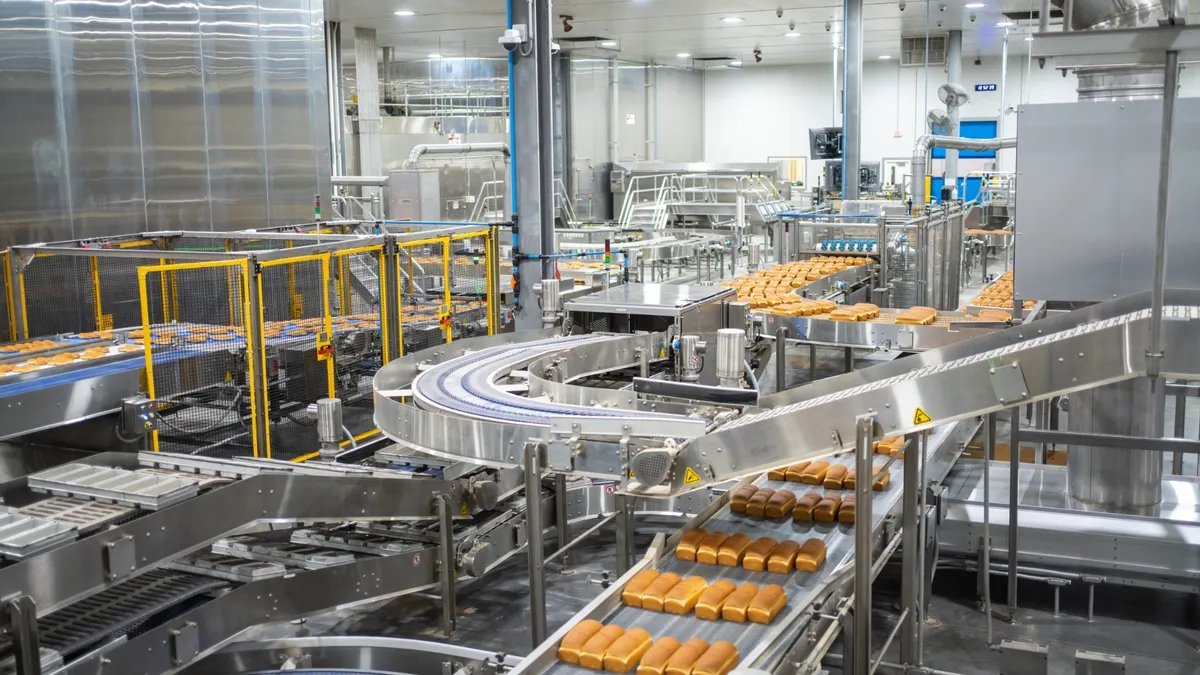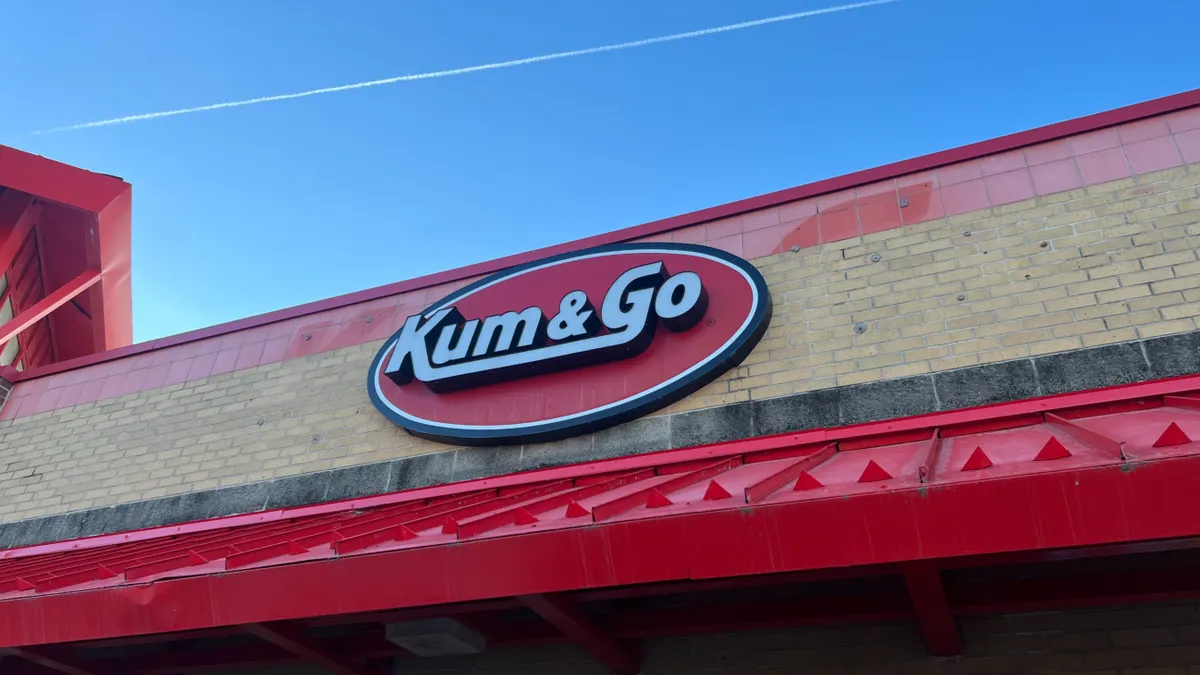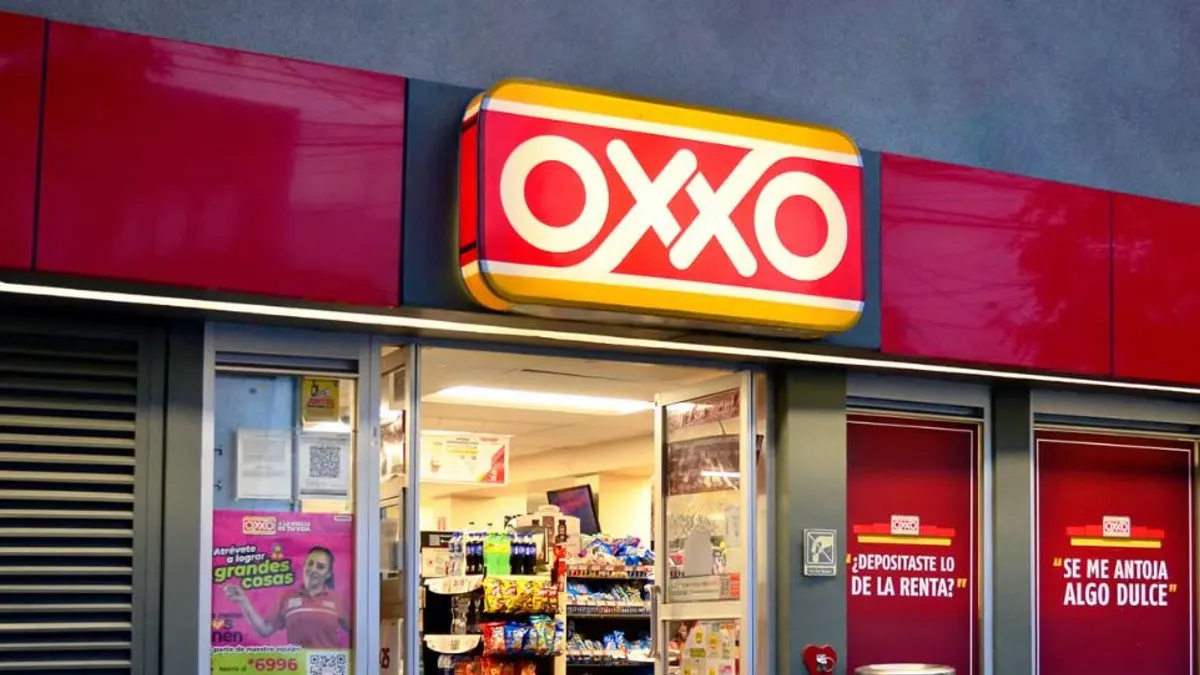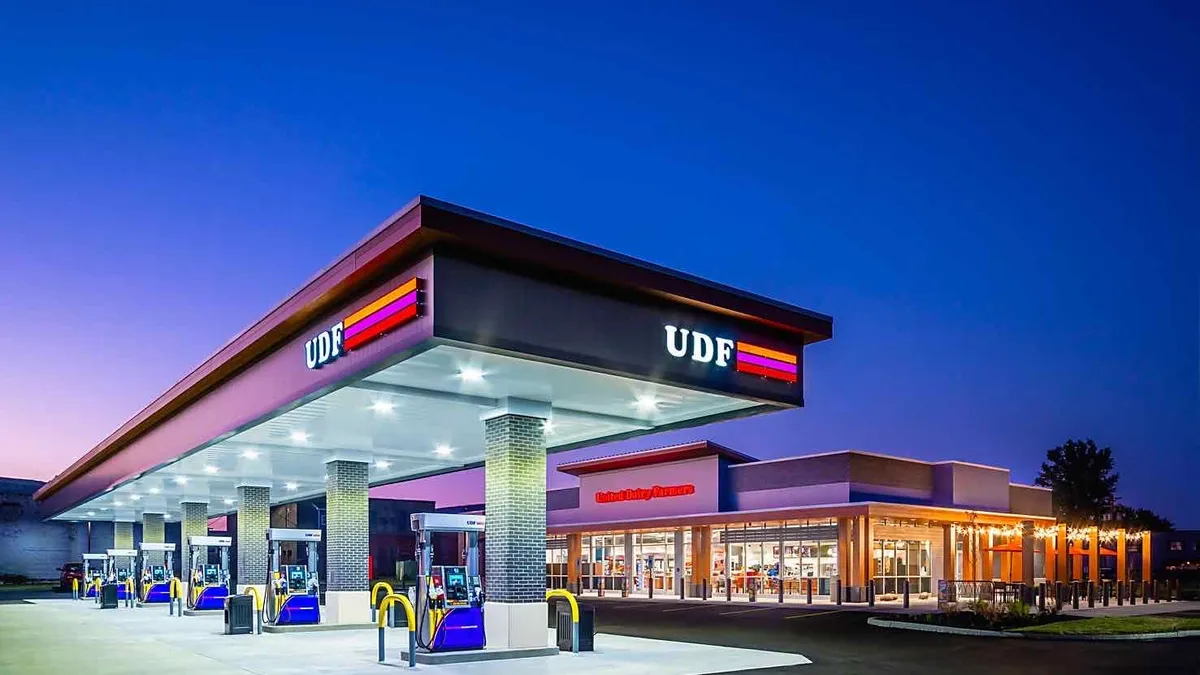The beer cave that Chris Kerber added to CD’s Quik Mart in Hopkins, Michigan, eight years ago was so successful that he paid off the three-year loan he took out to finance the space in less than 12 months.
The 300-square-foot beer cave holds large packs of beer — 12-packs and up — which means CD’s can carry hundreds of cases. The space, he said, “draws a lot of people to the store” and ensures he always has all beers in stock. “People are creatures of habit,” he noted. “If the beer they want is gone they might not give me a second try. Now I have everything.”
Beer caves can drive customer loyalty and sales for retailers like c-stores, according to a 2019 survey by Bump Williams Consulting, which advises companies in the alcoholic beverage space. “Beer caves make stores a destination outlet,” the firm said in its report.
The added variety that convenience stores can hold with a beer cave allows them to compete not only with other c-stores, Bump Williams Consulting noted, but also with supermarkets. And according to data from Quikstone Capital Solutions, stores with beer caves see foot traffic increase by 35% and average shopper baskets go up by $6 per customer.
But c-stores have a lot to consider before installing a beer cave in their stores. Chief among those is what they’re hoping to accomplish with the space
“They’re not another storage room and it’s not just an extension of your freezer and cooler,” said Austin Burns, president and CEO of design firm Paragon Solutions.
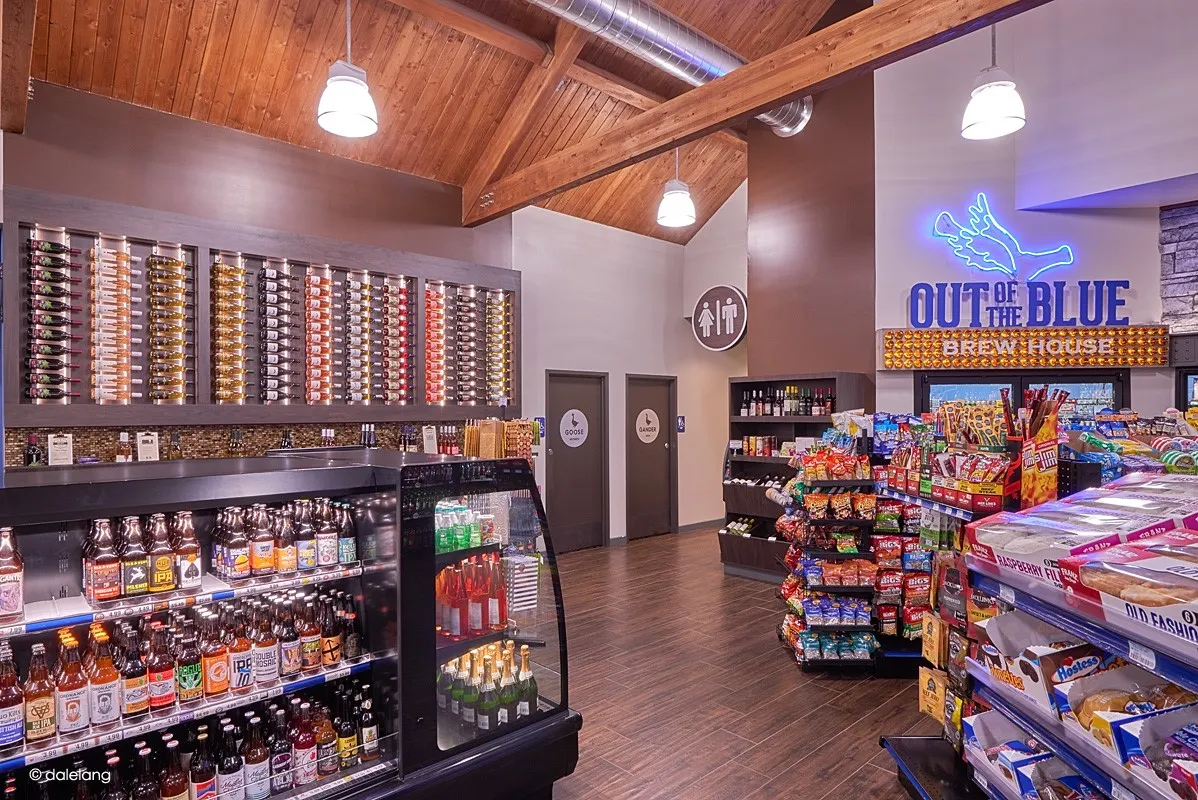
Beer cave branding is both a need and an opportunity
A beer cave should have a personality that fits with the c-store’s brand, said Burns. Stores can give them a name that’s on-brand — think Roaster’s Market’s The Beer Barn, Rebel Convenience Store’s Beer Hive or Blue Goose’s Out of the Blue Brew House.
“The beer cave is an opportunity to show who you are,” Burns said. “Capture people’s attention – use old time logos or posters for example, but it has to fit your brand.”
Sarah Luker, senior designer with King Retail Solutions, said retailers should place beer caves in a prominent back corner of the store to encourage people to pick up impulse purchases on their way in and out. But customers should still be able to see the beer cave from the front door and know immediately what it is, she said. If that’s not clear and obvious, then customers may avoid it.
As part of that, it’s worthwhile to incorporate interior décor that ties to the rest of the store interior, Luker said, such as suspended graphic panels over the front edge of the shelves or a printed wall covering that wraps the interior of the space.
The more finished the space feels, the more welcoming it will be, she explained.
Brewing up the right beverage mix
Building the right merchandising mix in a beer cave can make it a destination, said Luker. It’s also important to offer unique products to “make it more of a treasure hunt,” she said.
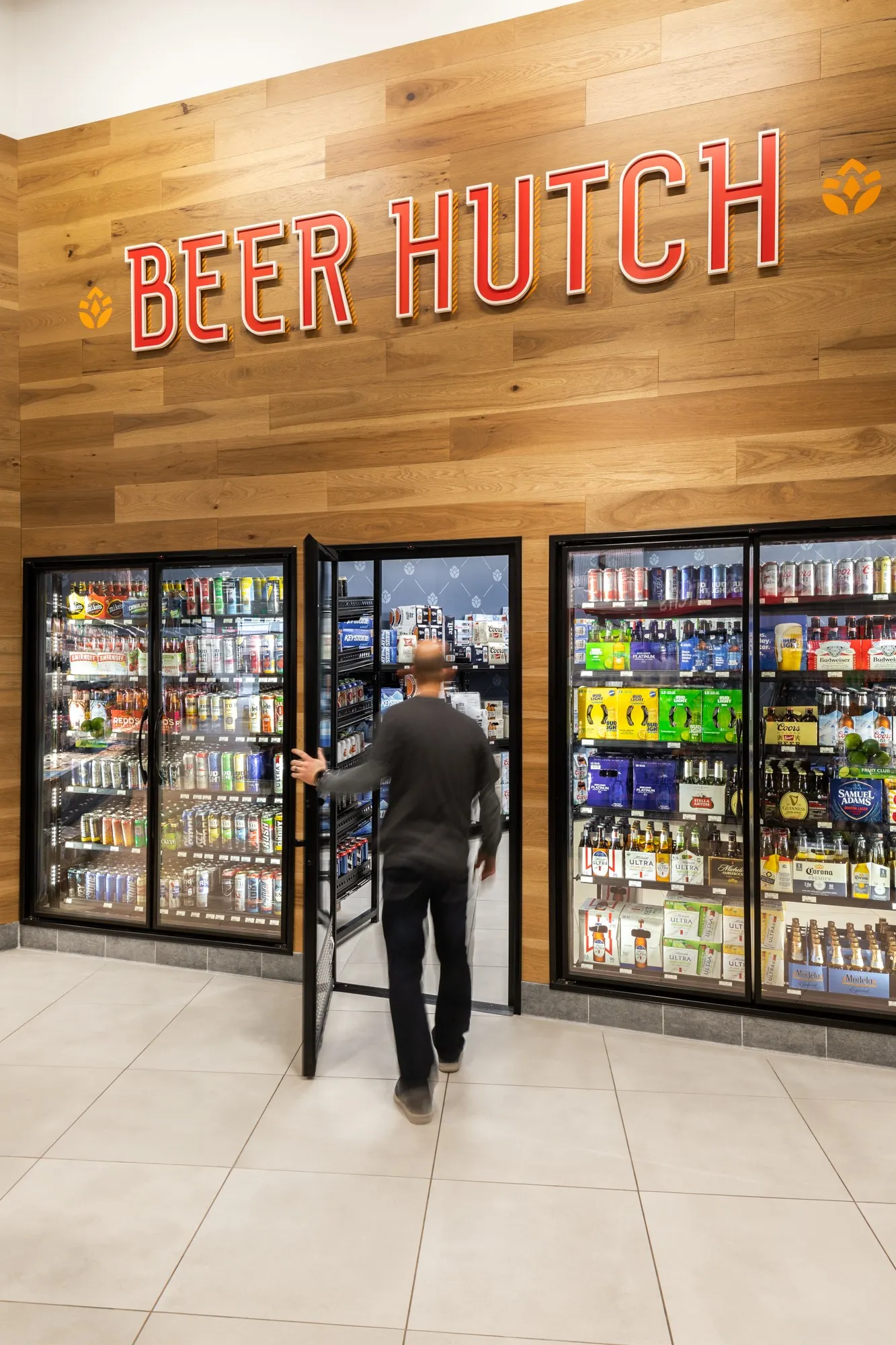
“Focus on creating a space that remains a focal point aesthetically and functionally,” she added.
Contrary to their name, beer doesn’t have to be the only product sold in the space. Energy drinks and seltzers are wildly popular right now, as are ready-to drink cocktails, Burns pointed out.
Previously, CD’s Quik Mart could only offer three or four large cases in a cooler door. Now, it can stock 40 to 50 in the beer cave and use cooler doors to merchandise single beers, six packs and ready-to-drink options.
“The four-pack price-point is high, so people like to try a single,” he said. And profit margins on single-serve drinks are higher than on the large packs, he added.
Maine-based Rusty Lantern Markets sells larger packages of beer in its beer caves, which are branded with the name Beer Blizzard. The retailer reserves its cooler space for singles and smaller packages, said senior category manager Keri Weekley.
Weekley said she’s constantly evaluating the product she selects for the stores and does two resets every year.
Making the beer cave easier on workers
CD’s Quik Mart’s beer cave has two doors, one for customers to enter from the store and a second for deliveries from the outside. This means drivers can come directly into the cave and stack their product, so it’s less labor-intensive for the store, Kerber said.
The space has a non-slip floor, which Kerber thought would be more practical and appealing to customers. But it has not held up well.
“A polished concrete or commercial tile floor would be better,” he said.
Luker said stores should also lift the merchandising up a few inches from the floor to make it easier for workers to mop and sweep. Empty packaging should also be removed from the beer cave.
To maintain cleanliness in its beer caves, Rusty Lantern relies on distributors and merchandisers to stock deliveries and keep the space orderly. The goal is to have it so “customers can walk freely,” Weekley said.
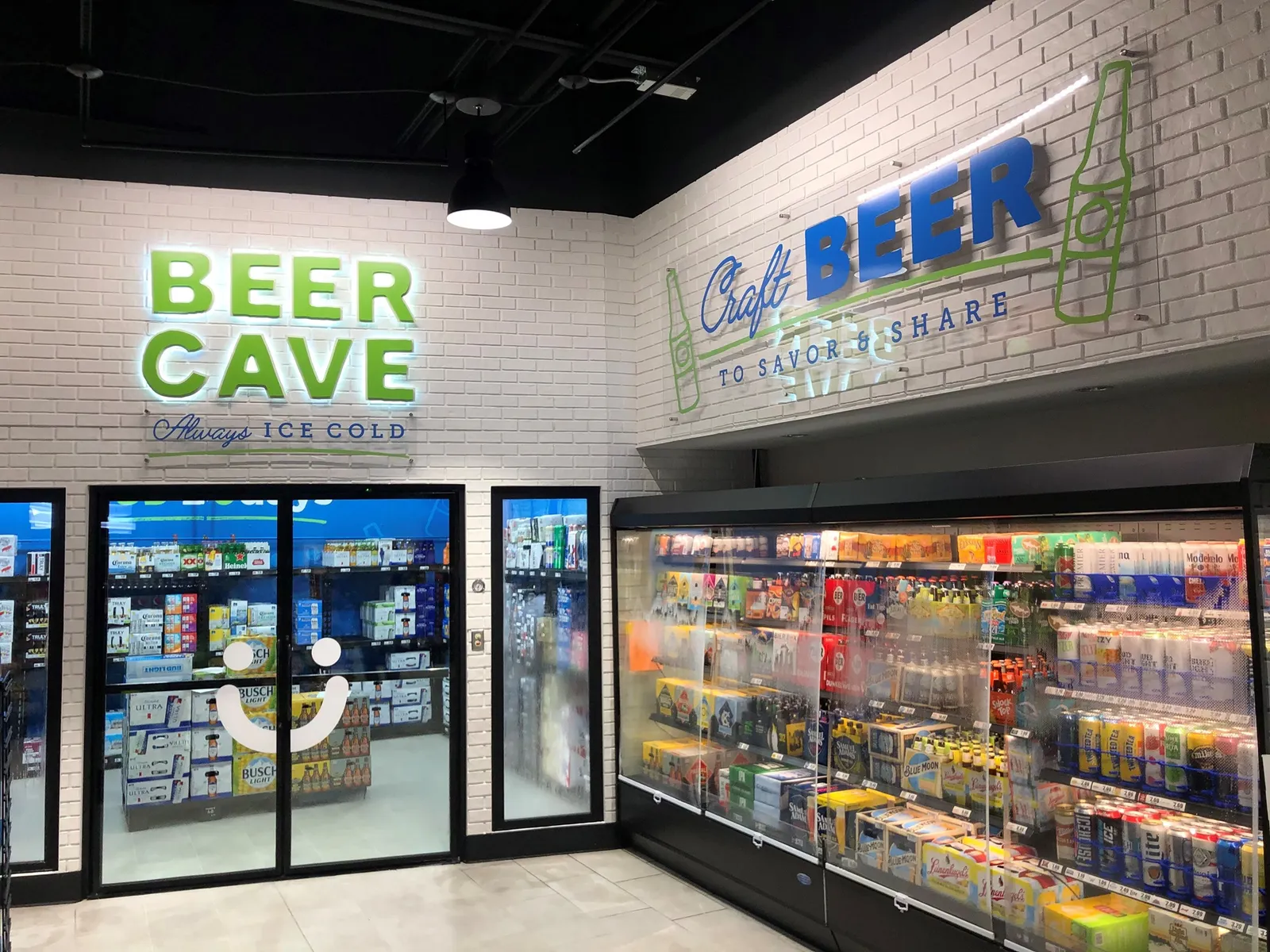
Boosting beer cave awareness
CD’s Quik Mart proudly highlights its beer cave on its website and its store features a bold red neon sign that reads “Ice Cold Beer Cave” to make it stand out.
A beer cave’s entrance should be visible from the front door of the convenience store, said Weekley. “It’s very important to see inside; unobstructed windows, clean cave entrance doors, and low sight lines in the store provide a clear view into our caves.”
Stronger lighting helps draw shoppers’ eyes toward the beer cave and differentiates the area, said Burns. He advised that stores should keep the same flooring, though, to show it’s an extension of the sales floor. But retailers can use different shelving to show this is slightly separate, he said.
Shelving, he added, is important because it “helps you manage your SKUs rather than them being stacked on the floor.”


